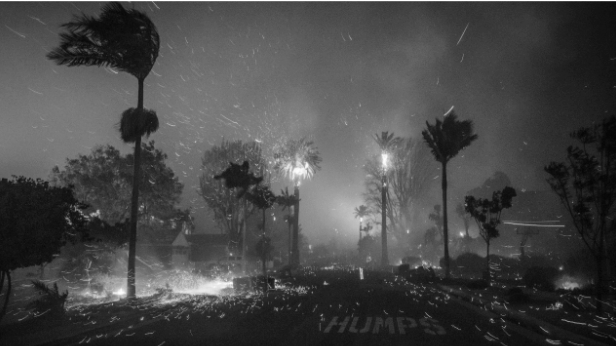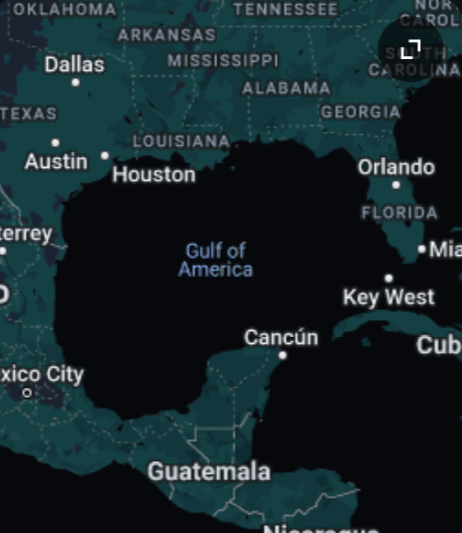As the year progresses, America is heading into what the masses know as Hurricane Season, which lasts from around June 1 to Nov. 30, according to NOAA. Unfortunately, this year is no different; on Wednesday, August 30, Hurricane Idalia made landfall in Florida, causing mass flooding, among other damages. About a week later, Hurricane Lee reached the Caribbean, reaching its full intensity.
According to The Guardian, both Lee and Idalia were originally classified as tropical storms; Idalia reached its peak hurricane status on August 30 as a Category 4-strength storm, whereas Lee rapidly increased from a Category 1 hurricane to Category 5-strength as of Sept. 12.
Both storms have come with serious damages. According to the Associated Press, Idalia, “tore into Florida at the speed of a fast-moving train, splitting trees in half, ripping roofs off hotels and turning small cars into boats before sweeping into Georgia and South Carolina.” After making it on land, Idalia weakened from a Category 4 hurricane to a Category 3 with a maximum wind strength of about 125 miles per hour. Idalia remained as a hurricane as it crossed into Georgia with 90 miles per hour winds, and then weakened back into a tropical storm late Wednesday night. One person was killed by the storm in Georgia.
Lee also has had some significant impacts on the environment. According to the U.S. Coast Guard, sea conditions have deteriorated along the U.S. Virgin Islands and Puerto Rico, with ten-to-15 foot surf and potentially-fatal rip currents. As of Sept. 12, the hurricane is not expected to affect Florida, Georgia, or South Carolina, but the storm will create dangerous surf that could cause damage along shorelines.
Both hurricanes have had some strange effects. NPR reports that dozens of flamingos were flung from south of Florida to other states as far as southern Ohio. According to the American Birding Association’s digital communications manager, Nate Swick, “those birds mostly came from the Yucatan Peninsula. And they got caught up in the storm and just kind of went with it.”
It is important to remember safety protocols to stay safe during a hurricane. Sophomore Mia Siegel shares that in the case of a hurricane, she would “leave [her] house immediately, since it’s surrounded by trees and [she] doesn’t have a basement.” Sophomore Edwin Medrano says he would “fight back” against a hurricane, while junior Kimberly Allen adds that, “I would stay inside, away from windows. I could also make an emergency kit with food and water in case we lose power. I’d stay off the road, too. Overall, just stay inside with my family and cats.”
















